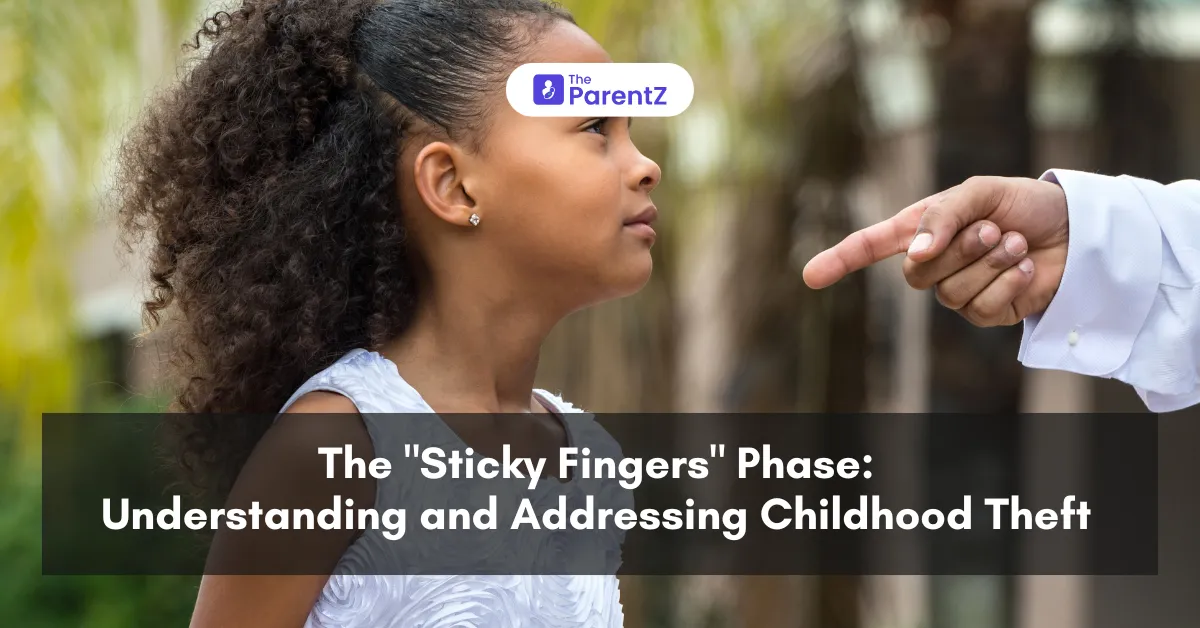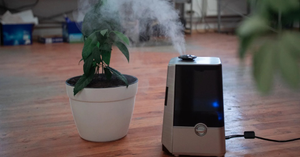Let's talk about something that keeps many parents up at night - discovering their child has taken something that doesn't belong to them. If you're dealing with this situation, first take a deep breath. You're not alone, and this doesn't make you a bad parent or your child a "bad kid."
As a parent who recently discovered their child pocketing a small toy from a friend's house or sneaking candy from the store, you might be experiencing a whirlwind of emotions - embarrassment, anger, worry, and confusion. These feelings are completely valid, but let's understand what's really going on here.
Why Do Children Steal?
Children steal for various reasons and understanding the 'why' is crucial for addressing the behavior effectively. Young children (under 5-6) often take things simply because they don't fully grasp the concept of ownership. To them, if they want something, why shouldn't they have it? It's as simple as that.
Older children might steal for more complex reasons:
- To fit in with friends who have trendy items they can't afford
- To get attention, even if it's negative
- To express feelings of powerlessness or lack of control
- To test boundaries and see what they can get away with
- To fulfill immediate desires, they don't have the patience to wait for
- To cope with underlying emotional issues or changes at home
Signs Your Child Might Be Taking Things
Parents often miss the early signs because children can be quite clever at hiding their actions. Watch out for:
- New items appearing mysteriously in their room
- Making excuses about where they got something ("My friend gave it to me")
- Having more money than their allowance would permit
- Hiding their backpack or being secretive about their possessions
- Friends or teachers reporting missing items
- Avoiding eye contact when questioned about possessions
Common Hiding Spots and Behaviors
Understanding where children typically hide stolen items can help you address the issue:
- Under the mattress or in pillowcases
- In the back of dresser drawers
- Inside rarely used shoes or boots
- In their school backpack's hidden pockets
- In a "special box," they claim is private
- Behind books on a bookshelf
- In their closet's corners or high shelves
Most children use stolen items in private, often in their rooms with the door closed, or share them with close friends away from adult supervision. Some might even create elaborate stories about how they got these items to make their possession seem legitimate.
Effective Intervention Strategies
When you discover your child has been stealing, here's how to handle it:
1. Immediate Response: Instead of asking, "Did you take this?" (which often leads to lies), say, "I know this happened, and we need to talk about it." This approach leaves no room for denial but keeps the conversation open.
2. Understanding the Situation: Have a private conversation using specific questions like:
- "What were you thinking about just before you took it?"
- "How did you feel after taking it?"
- "What did you plan to do with it?"
- "What do you think the person you took it from felt?"
3. Natural Consequences: Work with your child to:
- Return the item in person (if appropriate and safe)
- Write a genuine apology letter
- Use their allowance to replace what was taken
- Temporarily lose a privilege connected to the theft (like if they stole during playdates, pause playdates briefly)
4. Prevention and Building Trust:
- Create a "want list" where they can write down things they desire
- Establish clear pathways to earn special items
- Role-play scenarios about peer pressure and impulse control
- Set up regular one-on-one time to address any underlying emotional needs
- Practice delayed gratification with small, achievable goals
Remember, shaming your child or labeling them as a "thief" can be counterproductive. Instead, focus on building their understanding of right and wrong, developing empathy, and strengthening their ability to make better choices. With consistent, caring guidance, most children move past this phase and develop strong moral compasses of their own.
If this behavior continues despite your best efforts, or if your child shows no remorse, consider consulting a child psychologist who can help identify any underlying issues and provide specialized strategies for your family's situation.
Conclusion
Addressing childhood theft requires patience, understanding, and consistent effort. By identifying the reasons behind the behavior, spotting the signs, and implementing specific techniques, parents can help their children learn valuable lessons about honesty, empathy, and responsibility. Remember, seeking professional help is always an option when dealing with persistent or complex cases of childhood theft. Creating a supportive and communicative environment is key to guiding your child through this phase and fostering positive moral development.








Be the first one to comment on this story.